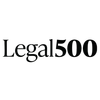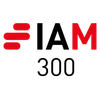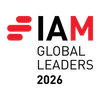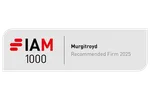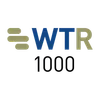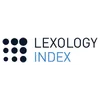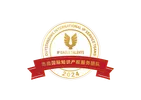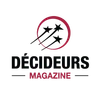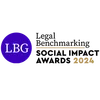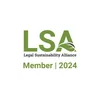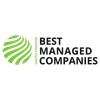C-392/19VG Bild-Kunstv Stiftung Preußischer Kulturbesitz
This case concerns a German copyright collecting authority and SPK, the operator of a website library that contains weblinks to digitised content stored on the internet portals of participating institutions. The Library, the Deutsch Digitale Bilbiotek, only stored thumbnails which took users to the original website, and not the content, and had consent to do so from the participating institutions. The digital content and webpages of the institutions were freely available on the internet already. There was however a licensing agreement in place between VG Bild-Kunst and SPK which required SPK to apply effective technological measures against the framing (making the contents of another website viewable) by third parties of the thumbnails.
SPK argued that the clause was unreasonable, given the digital content was freely available on the internet and sought a judicial declaration that the collecting society should grant the licence without such a clause through the German Courts who submitted a reference to the Court of Justice of the EU (“CJEU”).
The question was therefore whether embedding such links constitutes a new communication on the internet and therefore requiring a licence or being infringement of the copyright. Previously, the CJEU has found that there is an act of communication when a link communicates protected copyright work to a new public, the definition of a new public being one not taken into account when the right holder authorised the initial publication of the work.
In reaching its decision in this case, the CJEU focused not on what a link does and whether it is a new communication to a new public, but rather on what the copyright holder did:
- if the holder authorised the publication of their work explicitly and without reservations or without otherwise resorting to technological measures limiting access/use of their work, then a link to such work would not be infringement or require a licence;
- if, instead, the holder imposed or set up effective technological measures restricting access to/use of their work, a link that circumvents such measures would be infringement or require a licence.
The latter is the situation in the background proceedings, namely, the holder (via the collecting society) had consented to the communication of their works, subject to implementing certain technological measures via the clause in the licensing agreement. A link, in a situation like this, would be a separate, self-standing communication to the public, subject to separate authorization.
As an CJEU decision, this has effect in the European Union, although does not cover the UK following Brexit. Nevertheless it is sure to have persuasive value in the UK. While companies may not consider they are under contractual restrictions on linking, the Copyright Licensing Authority (CLA) is pursuing more companies to take licences which could be applicable and require such effective technological measures.



